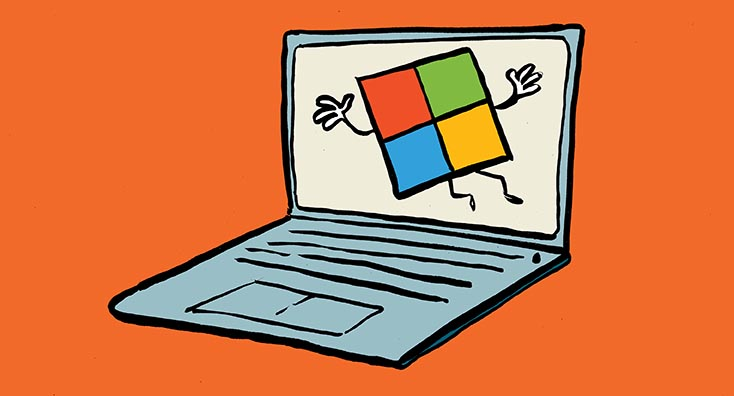The MS Exchange Team has written a blog post answering the question of whether or not a 32-bit version of Exchange 2010 will be released.
Most people familiar with Exchange are aware that Exchange Server 2007 was the first version that required 64-bit hardware and operating system to run. A 32-bit evaluation version was made available for testing, training, demos, and for running the management tools on 32-bit operating systems. This was satisfactory for most people who still ran 32-bit hardware on their administrative machines and lab servers (labs often being made up of older ex-production hardware). I myself still run a 32-bit Exchange 2007 organisation in VMWare for everything from training to taking screenshots for blog posts.
Fast forward to 2009 and 64-bit hardware is far more mainstream and affordable (I spent less than $500 on a 64-bit capable system with plenty of disk and RAM about 6 months ago). As a result Microsoft will not release a 32-bit version of Exchange 2010, requiring 64-bit hardware and operating systems for all server roles and administration tools with the single exception of remote PowerShell sessions (ie remote command line). Or, in their own words:
We are not shipping a 32-bit evaluation version of Exchange Server 2010.
More detail is available at the MS Exchange Team blog. The blog post explains in more detail what the implications are for the following common scenarios:
- Lab environments
- Demo machines
- Forest/Domain preparation
- Management tools
- Data Import/Export (yes, you will need 64-bit Windows and 64-bit Office 2010 to perform import/export operations)
On the bright side, it is a good justification for any Exchange engineers out there who want their employer to buy them a new laptop.



the reason why exchange server 2010 does n’t exist in 32-bit ? is it too berocracy?
All Microsoft server products are moving to 64-bit only platforms.